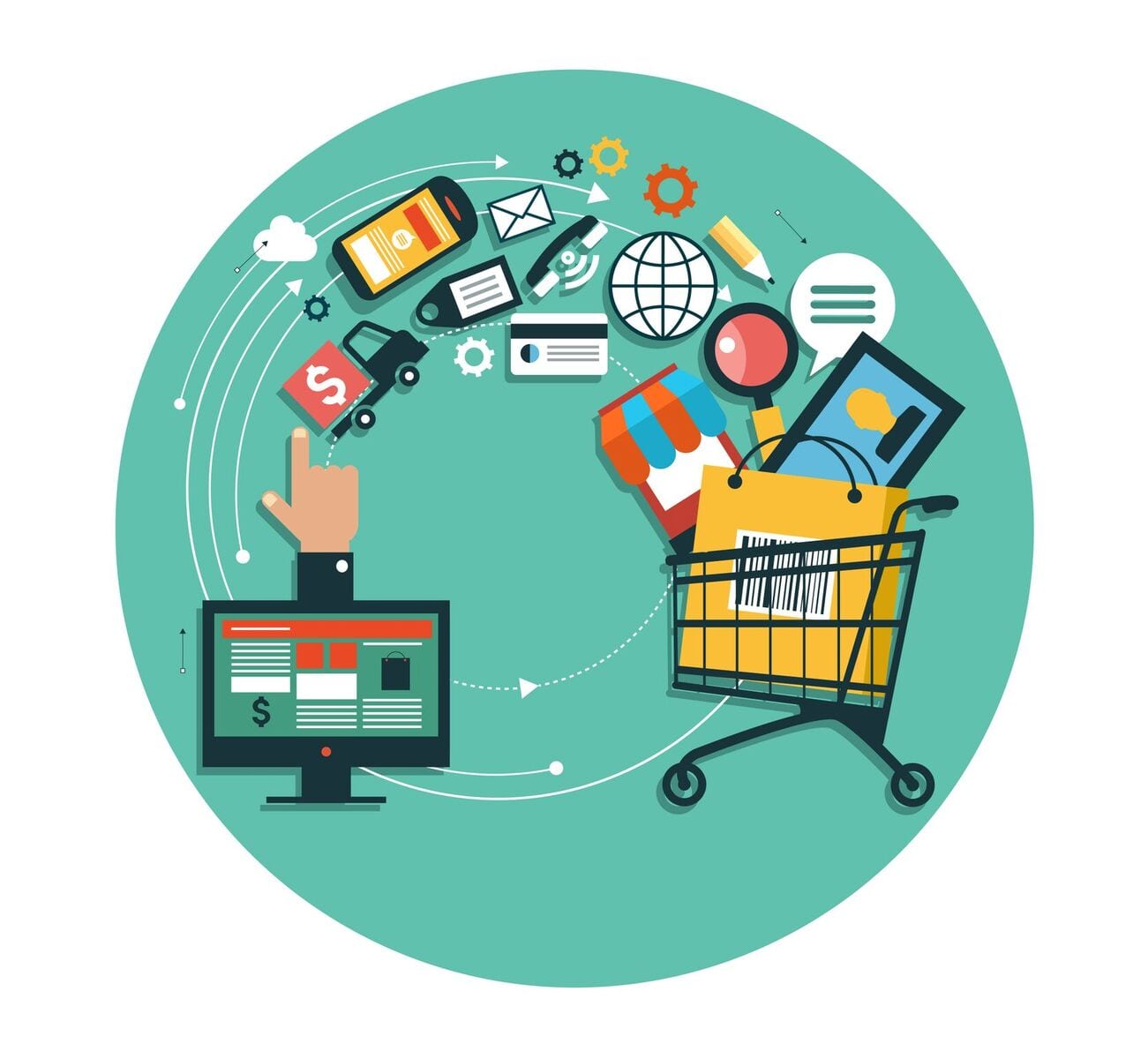
Tricks To Creating A Successful Online Catalog
Written by Kate Durocher
The whole world is going digital. From newspapers to shopping, the web is the place to succeed. This means that your designs, products, and ideas need to be available and presented to potential buyers online. You need a catalog and you need it now. But if it were easy to create a successful online catalog, then everyone would be doing it.
We aren’t going to sugarcoat it for you: Transitioning to an online catalogue and creating one that actually generates revenue and repeat orders is a challenge. Some creators are opting for ready-made selling solutions, like Etsy. Squarespace and WordPress offer out-of-the-box portfolios that can handle payment options. Platforms like Brandboom can make selling to big retailers easier. Most original brands want their own presence online, however, and that means creating an online catalog of your own. You can do that with the right guidance, which is coming up in a moment. First, some stats.
The e-commerce industry consists of upwards of 24 million online stores. Just 650,000 of those millions of stores are selling more than $1000 annually. Clearly, those numbers are daunting, but that doesn’t mean profitable online cataloguing is impossible. Here are some important tips, tricks and advice on how to create a successful online catalogue. Time to take some notes!
Brand Identity
Branding your store is one of the most important steps when it comes to selling product. Effective brand naming can make the difference between grabbing buyers’ attention and being overlooked. So when it comes time for you to brand your online catalog, pay close attention to the name you choose. For example, the unique spelling of Anthropologie has done a lot when it comes to branding their store. Your logo also must be unique and easily recognizable to customers. Branding is everything.
Effective Online Catalog Design
Design goes hand in hand with branding. When you think of some of your favorite brands, I bet you can pretty easily picture what their logo and website look like. Why? Because they’re effective and memorable, which should be your goal when it comes to design as well. The first thing potential buyers will see in an online catalog is the splash page or home page. It’s like the cover of a book to your potential customers, and people do judge a book by its cover. Make your home page appealing, so those buyers have the desire to click inside to your product pages. Smart website designers assume that the web visitor might find several ways to access the site – via the home page, perhaps through a blog page, or social media posting.
Consider all of those pathways in your design. On top of that, the product images you use will make or break your emotional connection with web visitors.
While you want to present your product clearly, it’s often effective to do so in a natural way, showing people using/wearing the product. Visitors need “use cases,” a way to see themselves in the picture.
Clear and Concise Catalog Copy
Remember the old saying that less is more? Well, when it comes to this specific tip, it’s advice worth following. The copy that goes along with products in an online catalog needs to be concise and easy to follow. The copy should include keywords and buzzwords that are easily searchable, which we will talk about later when we discuss SEO. Don’t forget the obvious — to include ordering information and pricing for each item.
Make Ordering Easy
People can be lazy and give up easily when sites give them trouble. You want to avoid this by providing the ordering options in a very easy to use way and listing help numbers alongside them. Be sure your site loads fast. People will click away from slow sites in as little as four seconds.
Promotions
Have you ever found yourself on an unexpected site ordering a item that you didn’t even know you wanted? Chances are this twist of fate occurred after you came across a sale or promotion for that product. Posting promotions can cause customers to feel as though they need to get that product before the sale is over, creating a sense of urgency and leading to increased sales.
Cross Channel Marketing
Print catalog, social media, paid promotions – Yes, we know we just lectured you on how important having an online catalog is. But, remember, there are some people who still prefer the old school, print-in-hand method. By creating more than one platform on which buyers can view your product, you only increase your chance of selling to them. And of course, social media in today’s age is more valuable than ever, so be sure to be posting everything on your social networks as well. Instagram is fast becoming the most important market for fashion goods.
About Us and Contact Info
This one should be self explanatory. Make it easy for customers to find the information they need about you, your brand, and how to get in contact with you if needed. Spell out who you are, what you offer, and include any testimonials or reviews you have. For your contact page, include a number, email, address and social media links. Availability and accessibility are critical. Even more important, the perception of availability is important. Customers have to trust that you are there for them.
List Your Partners
Speaking of trust, people need to trust a new company before throwing their money at it, and because of that, listing all the other brands/stores/people you’ve worked with will help you gain their confidence.
Online Support
You will lose customers if people continually run into problems browsing on, ordering from or returning items to your site. So, provide all of the necessary online support options that can prevent this. From a FAQ page to a live chat feature that is available 24/7, online support could make or break a customer’s experience with your brand. Online chat plugins are available from Intercom, Zopim, now owned by ZenDesk, and Olark.
Payment Methods and Money Back Guarantee
If you don’t get paid, then what’s the point of this article? Outside of branding, this might be the most important information. You first need to choose the right payment option for your store- PayPal, credit cards, digital wallets… or better yet, all three! Then, remember the importance of a money back guarantee. If a customer isn’t satisfied with their product or it doesn’t fit, giving them the option to return it and get their hard earned cash back will lead to happier buyers all around. Shopify is the go-to platform for enabling web payments with an online catalog, with WooCommerce not far behind. Stripe offers some build-your-own options for payment gateways. All of them work with platforms like Squarespace and WordPress. Some techie stuff for you here: If you are going to accept payments on your site, it has to be secured by SSL. Ask your web developer about that.
Reviews and Ratings
Similar to listing your partners, including reviews and ratings from previous customers will create a greater sense of trust between your brand and your buyers. Ask customers to leave you reviews and be prepared for the good, along with the bad.
Responsiveness
REPEAT AFTER ME: Google ranks user friendly sites higher. This is important information, so make sure your site can be displayed well on any device.
SEO
No one will come across your site organically unless it pops up when they’re searching for whatever product you offer. Take a class, ask fellow designers for their tips, but just make sure your site easily searchable. SEO is still driven mostly by text, so the keywords you use in product descriptions are important. Don’t forget to add descriptions to images – when people search for your product, your image will come up, and if you’ve added enough information, they will be able to click right to your site. The reason most marketers recommend starting a blog is for the keywords, because it, too, will lead visitors to your site.
There’s no doubt that ready-made solutions can make your life easier. Etsy lets you set up an online shop and sell quickly. Brandboom can help with selling your product into retail shops like Urban Outfitters, Anthropologie, Dillards, and Nordstrom.














